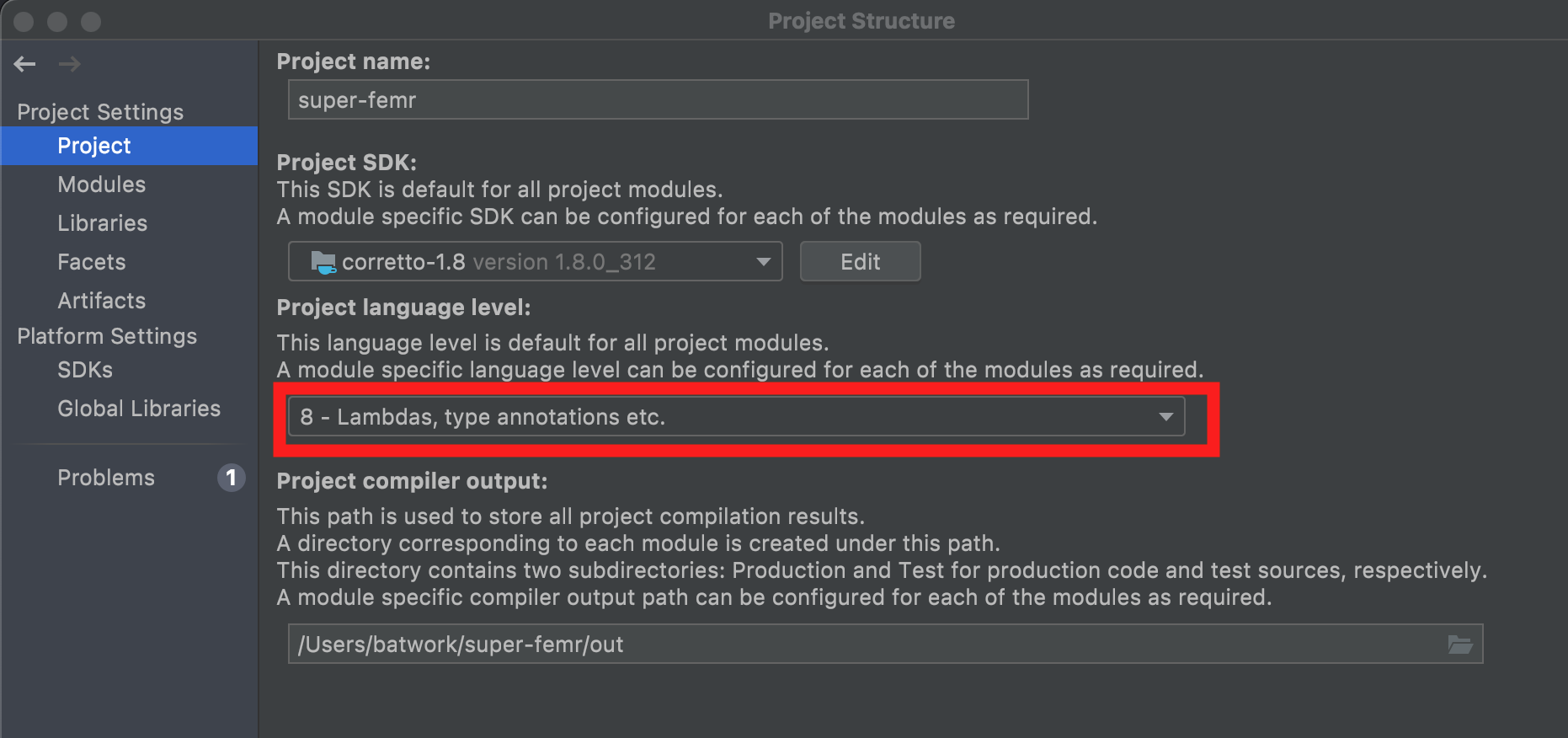FEMR - Fast Electronic Medical Records
Description
fEMR is a fast EMR solution for remote clinics who depend on speed and ease of use rather than complex features. Check out Team fEMR's website for more information and a live demo.
Community
tEMR Community
Dependencies
Contributing
For more information on contributing, please see the CONTRIBUTING.md file. For details regarding installation and deployment, continue reading.
CI
This repo uses Github Actions workflows for continuous integration, which can be found under the Actions tab in Github (https://github.com/CPSECapstone/zzs-femr/actions?query=workflow%3A%22Scala+CI%22). The Scala CI workflow runs 'sbt test' whenever code is pushed or a pull request is made to the main branch.
Setting up weekly backup reminder
- It is very important for the administrator to backup local data to the remote database.
- A cronjob can be set up before a kit is deployed to automatically display a message once a week.
- In the command line, type crontab -e
- A text editor should appear.
- Add the following line to this file: 0 11 5
/util/WeeklyReminder.sh - This will display a reminder pop up at 11:00AM every Friday.
Warnings
- fEMR is not HIPAA compliant (... yet).
- fEMR is not meant to diagnose, treat, cure or prevent disease.
- fEMR may attempt to establish a secure remote connection when internet access becomes available. This behavior is configurable and turned off by default.
Questions?
Email: kevin.zurek@teamfemr.org
Running the application using Docker
- Make sure you have Docker installed and running on your machine.
- Clone the FEMR/femr repo:
git clone https://github.com/FEMR/femr.git - Checkout the super-femr branch:
git checkout super-femr. - Cd into the femr directory:
cd femr - Run
docker-compose upto start the app. - If step 5 successfully finishes, then the app will be available at http://localhost:9000/
Setting up the project with IntelliJ on macOS
Step 1: Download and Install the following Software and Dependencies
Step 2: Clone the repo
git clone https://github.com/FEMR/femr.git
Step 3: Setting up the DB
- Ensure Docker Desktop is running
- Open a terminal at the repository root
- Run
docker-compose up dbto bring up the database. To stop the database use Ctrl+c
Step 4: Configuring IntelliJ
-
Open IntelliJ IDEA Ultimate. Then open the
femrproject withsuper-femrbranch checked out. -
In IntelliJ IDEA Ultimate and go to
Preferences->Plugins-> clickMarketplace-> Then downloadScalaandPlay Framework. Then restart the IDE. -
Inside
femr/conffolder, create a new file namedapplication.dev.conf.
include "application.conf"
settings.researchOnly=0
db.default.url="jdbc:mysql://127.0.0.1:3306/femr_db?characterEncoding=UTF-8&useSSL=false&allowPublicKeyRetrieval=true"
db.default.username="femr"
db.default.password="password"
photos.defaultProfilePhoto="./public/img/defaultProfile.png"
csv.path="./Upload/CSV"-
Go to
Run->Edit Configurations-> click on the+sign ->Play 2 App.- If
Play 2 Appdoesn't appear, try restarting the IDE.
- If
-
In the JVM options of the configuration add
-Dconfig.resource=application.dev.confto the end. -
Go to
File->Project structure-> Under theProjecttab -> SelectProject SDKand set it to 1.8.- You can download 1.8 directly from IntelliJ. If so, choose 1.8 Amazon Correto.
screenshot
- Change the language level to 8.
screenshot
- On the rightmost side of IntelliJ, if there is a vertical line containing sbt. Click on the sbt tab and then click the refresh symbol.
- If there isn’t sbt on the right, remove the .idea folder from the root directory of the project. In the command line, traverse to the root directory and do: rm -r .idea. Then redo step 2 and then continue. If still does not work try invaliadating IntelliJ's cache.
screenshot
- After that runs, click on the Play button to run the configuration. If everything was set up correctly, the website should open up on another window. Select “Apply this script now”.
screenshot
Troubleshooting
- Try deleting the .idea folder and rerunning sbt
- Confirm you have the absolute path in your environment variables
- Try to re-apply the plugins Scala and Play Framework
- Otherwise, try cloning the femr github and going through the steps once more.
- Try invalidating Intellij IDEA cache.
